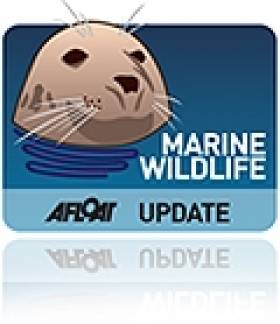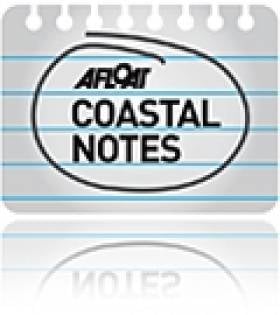Displaying items by tag: cleaning
It’s St Patrick’s Day weekend and Viking Marine is going green!
Check out Viking Marine’s new green Ecoworks range of cleaning products just in time for getting your boat ready for the new season.
These environmentally safe cleaning products come with a free spray bottle so you can dilute the concentrate and clean away till they’re all home from the parade.
If you have any questions on application or uses, just ask us in the shop at The Pavilion in Dun Laoghaire.
Viking Marine will be open all bank holiday weekend for anyone working on boats — today till 6pm and Sunday and Monday from 1pm to 5pm.
#MARINE WILDLIFE - The Limerick branch of Birdwatch Ireland is seeking volunteers to assist in rescuing birds from oil spillages in the Shannon Estuary.
A report in the Limerick Post recounts a recent meeting at Shannon Rowing Club, where Birdwatch Ireand highlighted the impact on the environment and marine wildlife from both major and minor oil spills.
The meeting also discussed the role that local birdwatchers can play in determining crucial spillage incident response times.
A training exercise at Poulnasherry Bay is being organised for next month using equipment donated to the Irish Seal Sanctuary, preceeded by a similated planning exercise and "on-the-ground response".
The Irish Seal Sanctuary will also provide opportunities for training in the rehabilitation and cleaning of spillage-affected birds.
The Limerick Post has much more on this story HERE.
Wexford Club Honoured in Coastcare Merit Awards
Wexford Sub Aqua Club has been recognised for its commitment to the environment in an awards ceremony in Dublin last week.
The Wexford People reports that Minister of State Fergus O'Dowd presented the club with An Taisce's Coastguard Initiative of the Year Award for its work in cleaning up the beaches and waters around Kilmore Quay.
The club was one of many organisations and volunteers throughout Ireland recognised by An Taisce's Coastcare Merit Awards.
Among them were the Portmarnock Community Coastcare Group and Malahide resident Philip Lynch, who was rewarded for his efforts in protecting the north Dublin town's coastline.
Extolling the Benefits of Canal Living
Today's Irish Times looks into the lives of people who've made their homes on or near Dublin's canals.
One resident is Breffnie O'Kelly of Percy Place, whose back garden abuts the banks of the Grand Canal - which has experienced a revival in recent years, with dredging work now completed and a new cycle path on the way.
O'Kelly is also a member of the Friends of the Grand Canal Group, which meets regularly to keep their stretch of the canal clean.
Another voice singing the praises of the canal is author John Banville, who has set much of his crime fiction in the area around Lower Mount Street, where he himself lived for a time.
The Irish Times has more on the story HERE.



























































